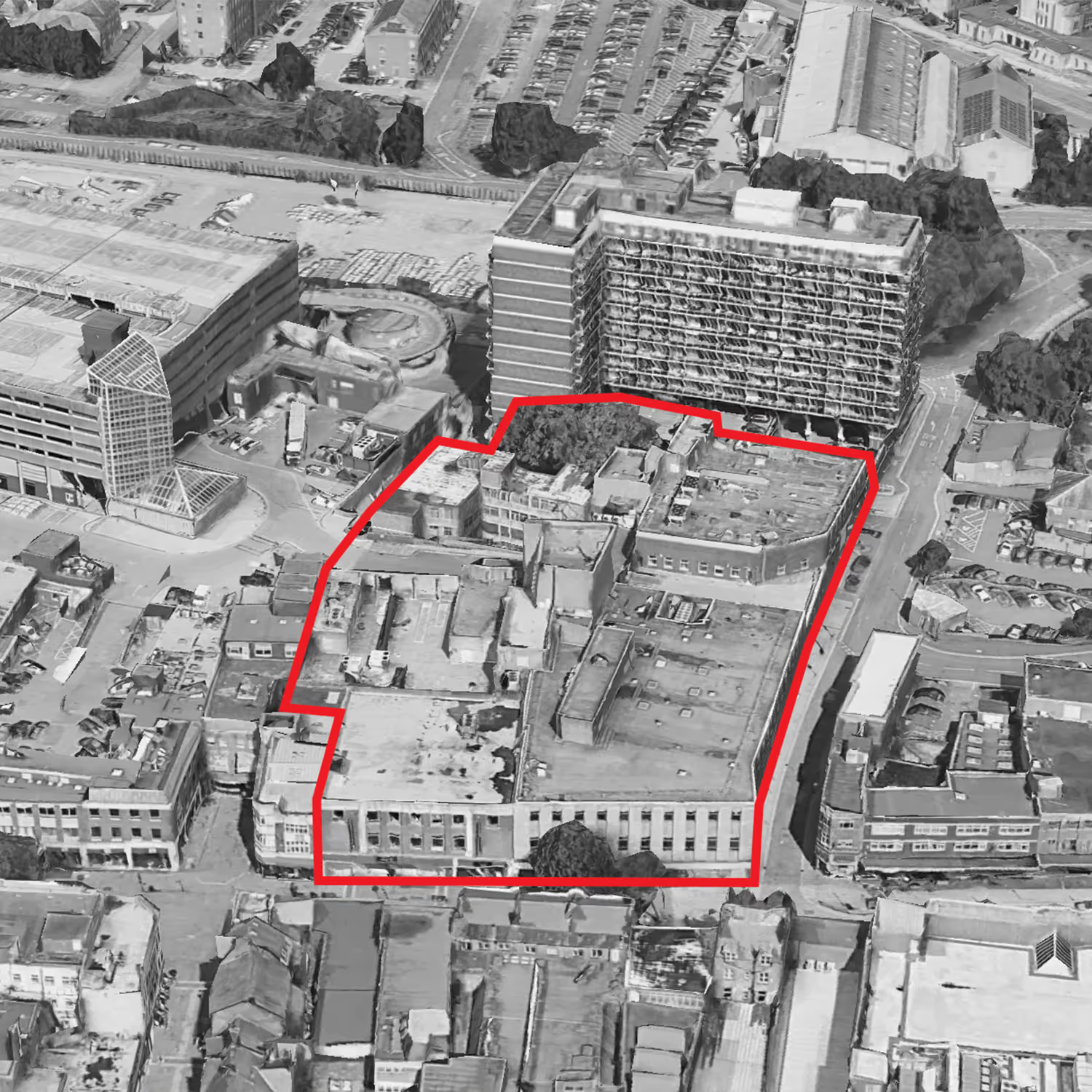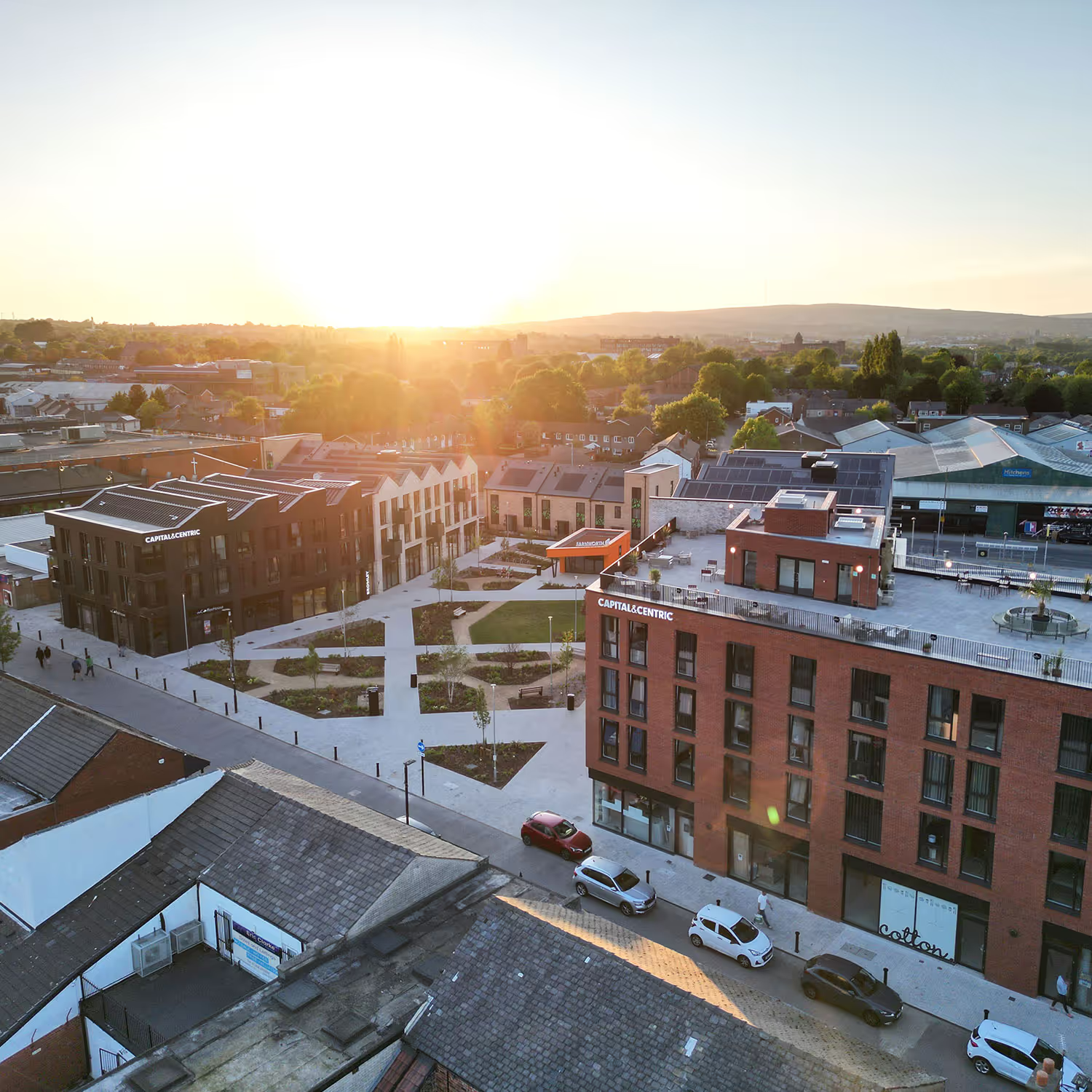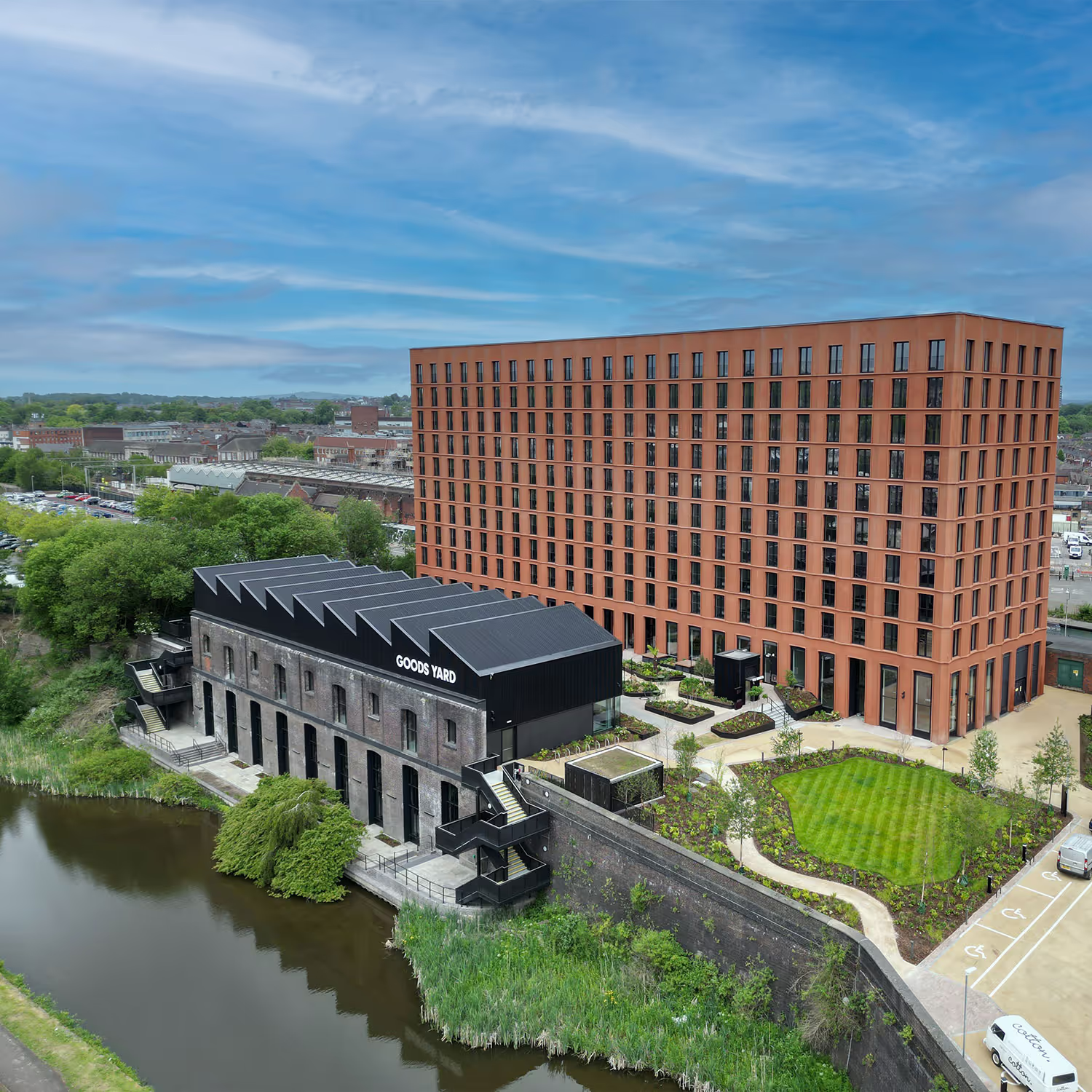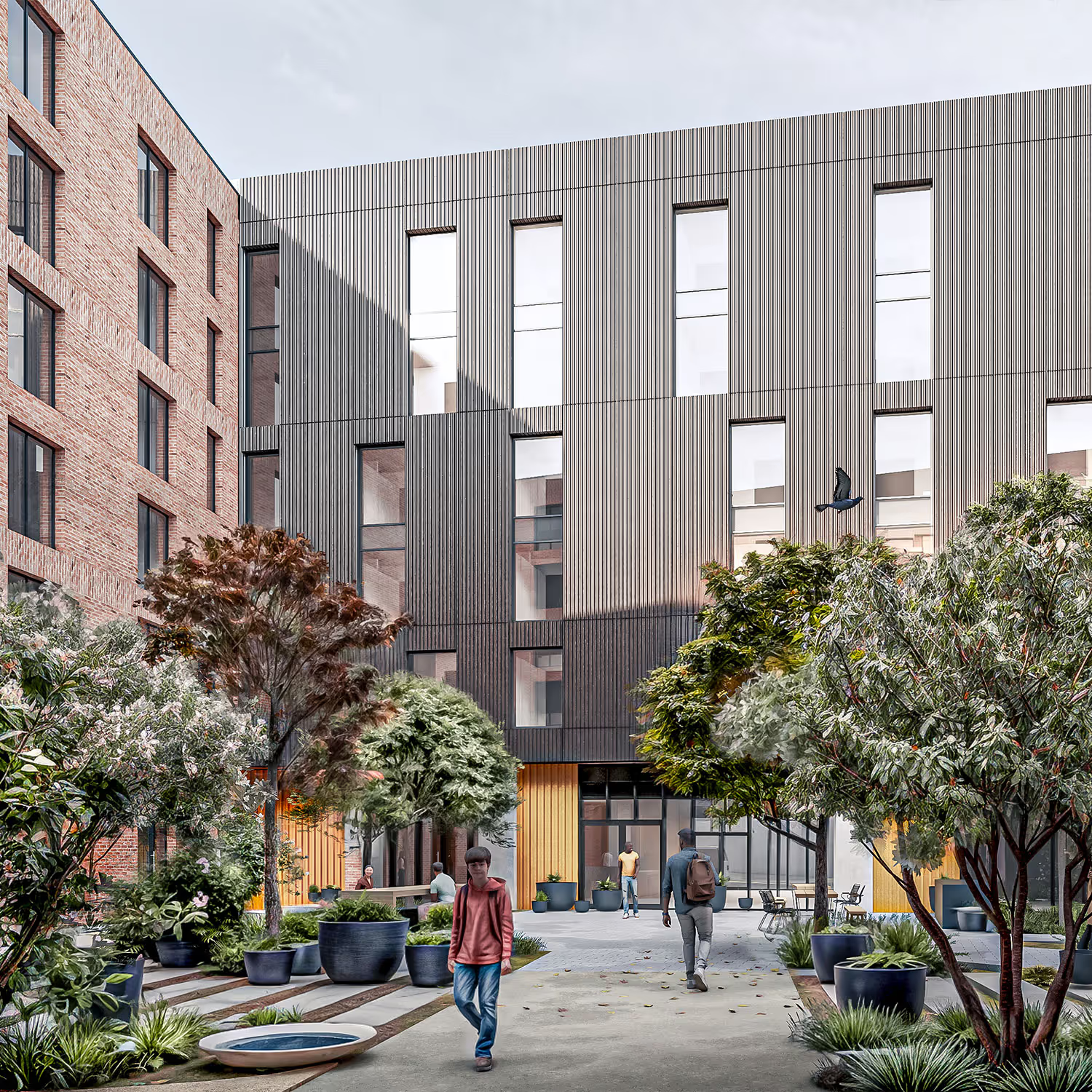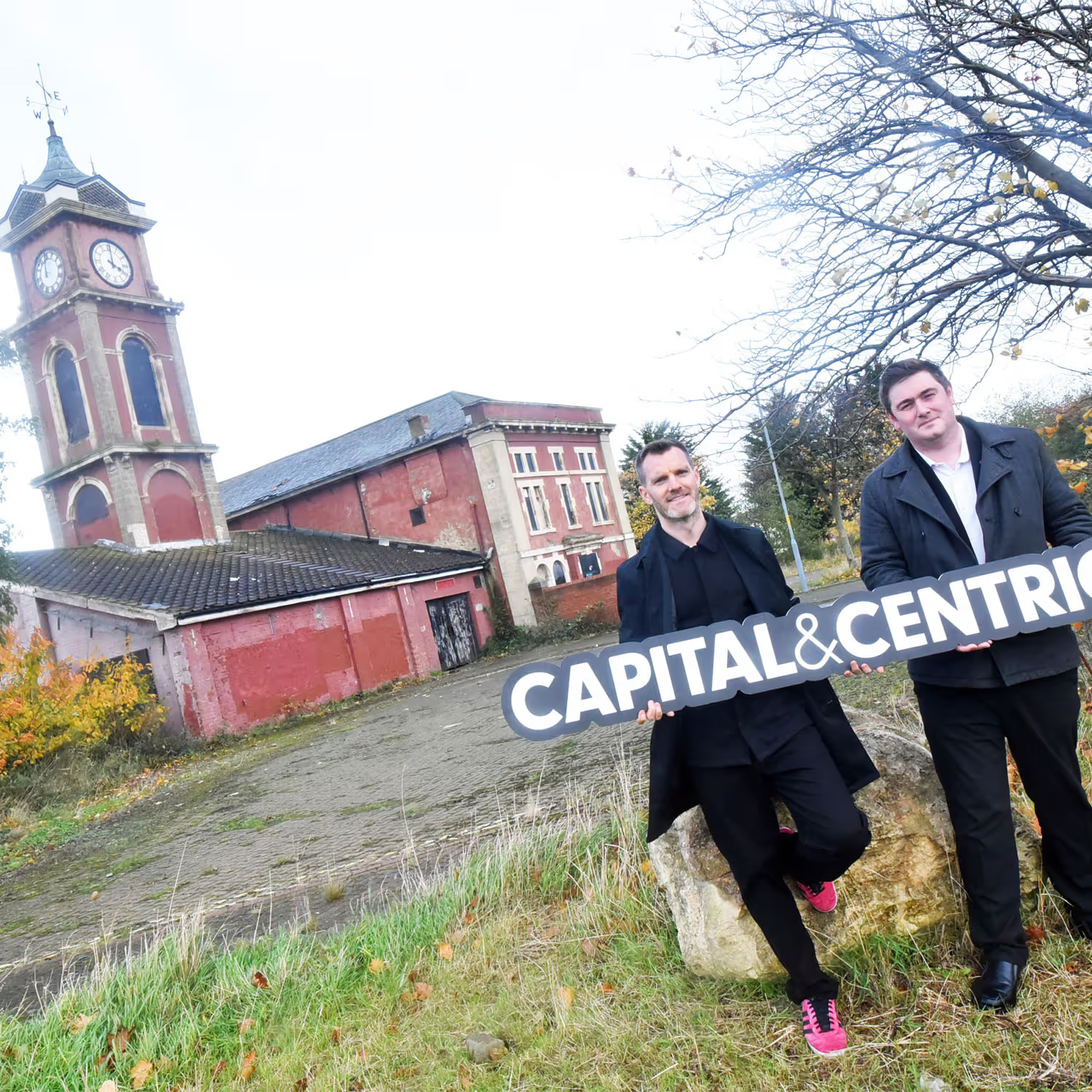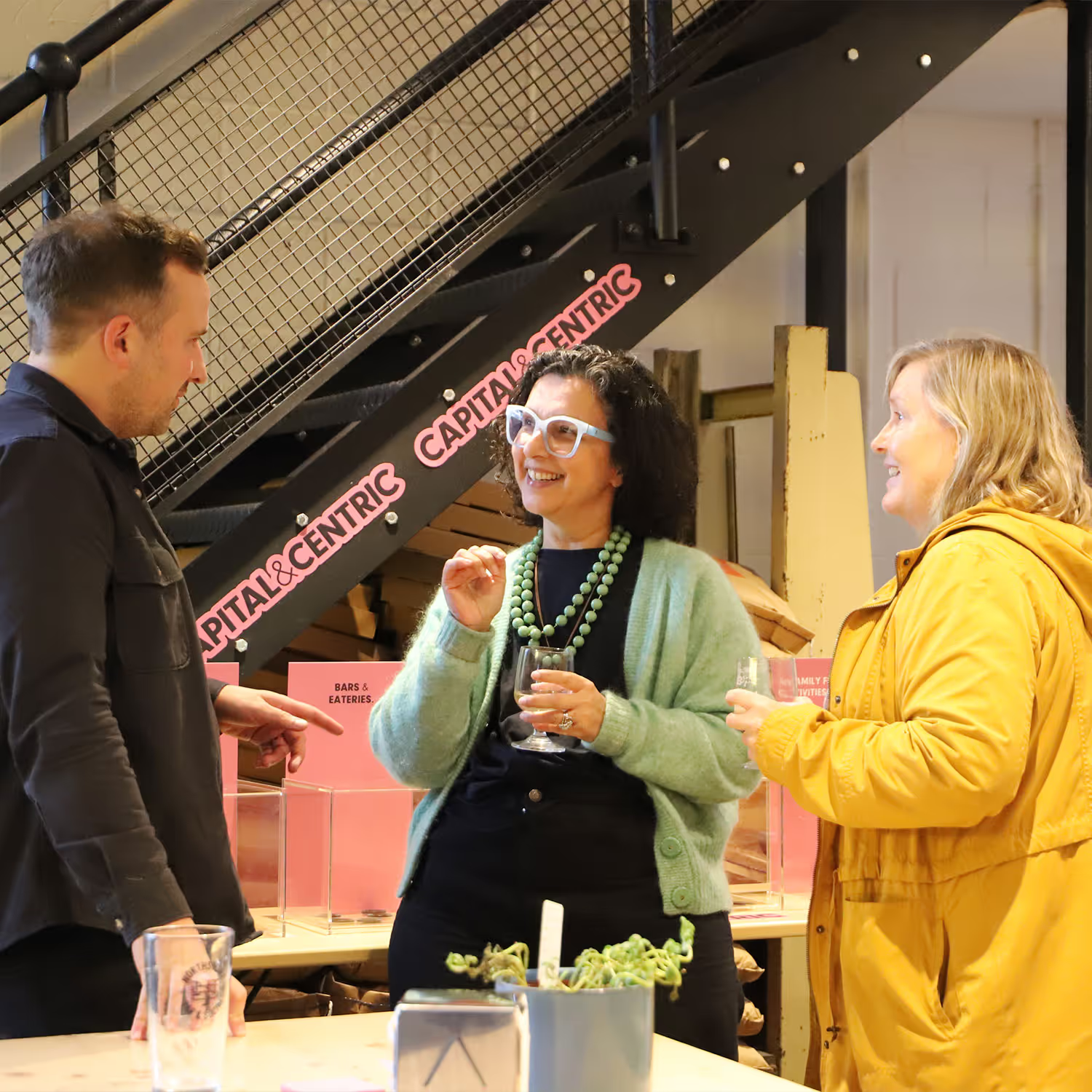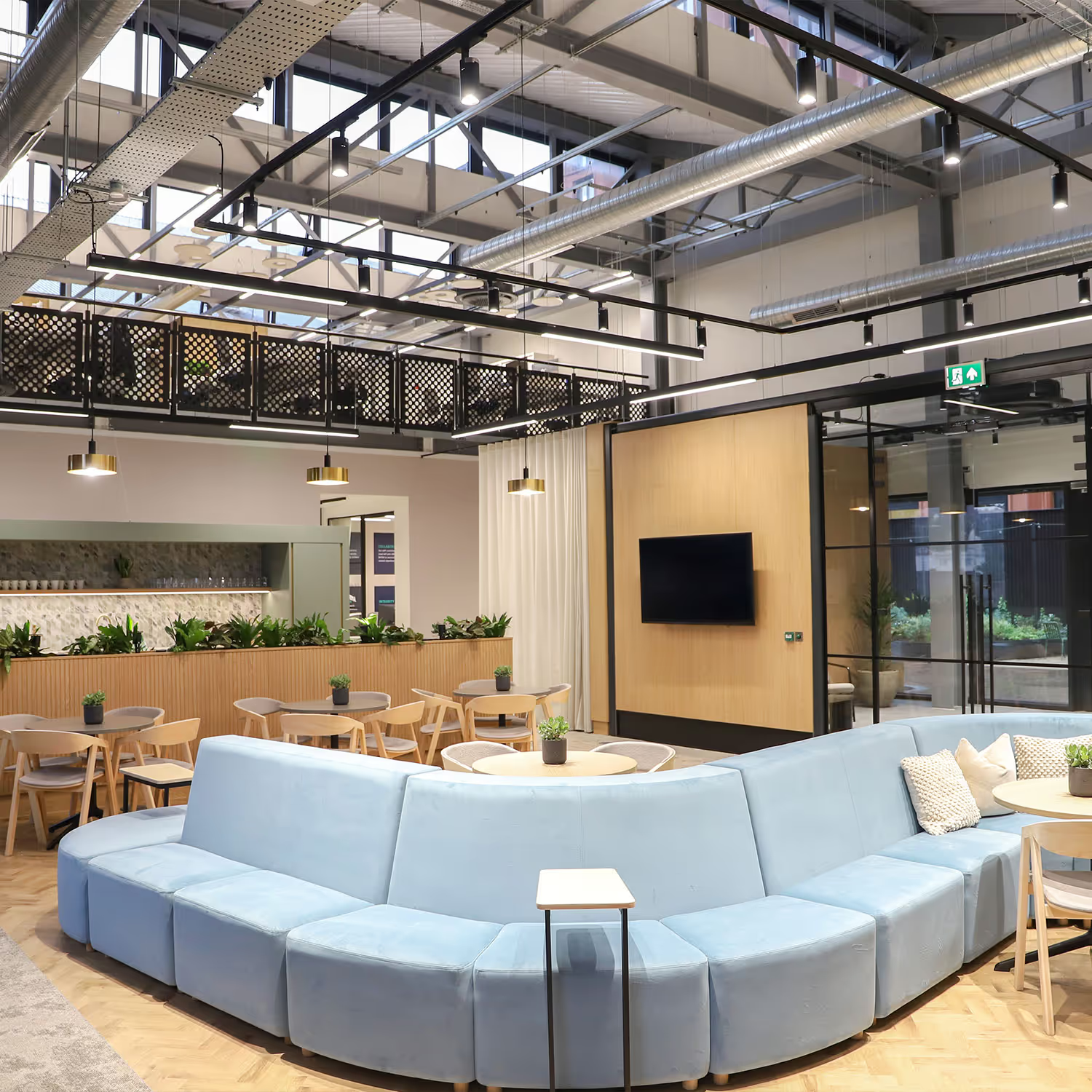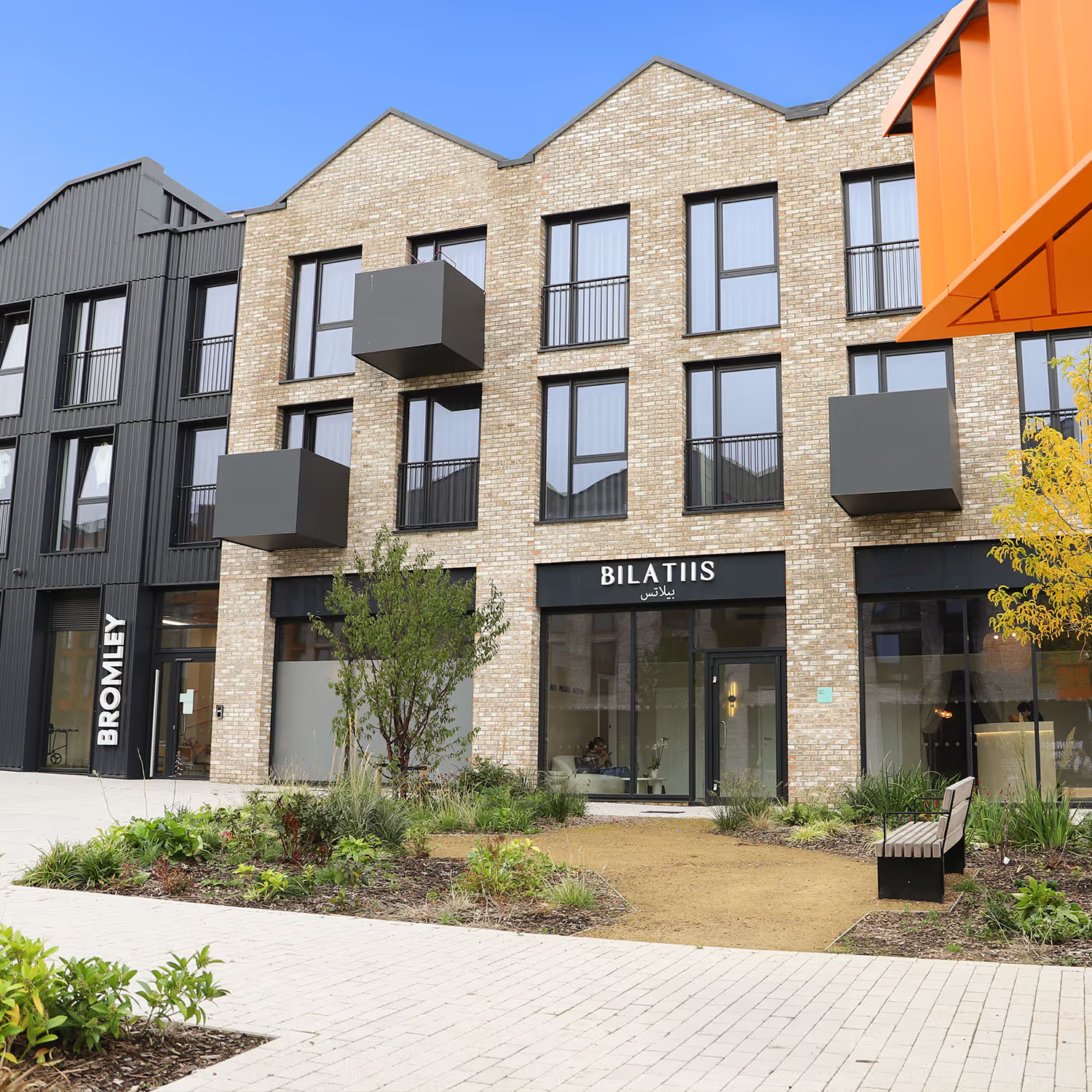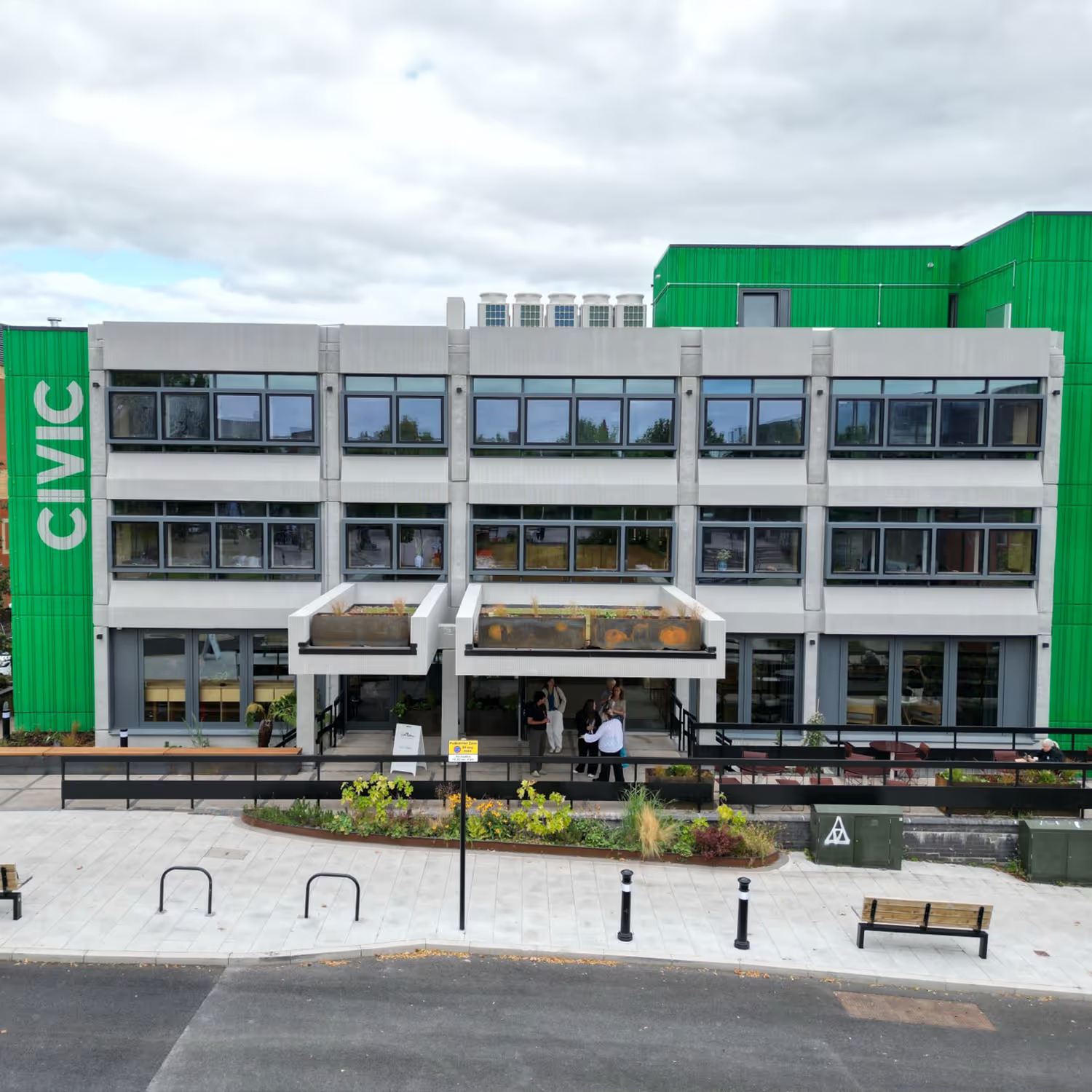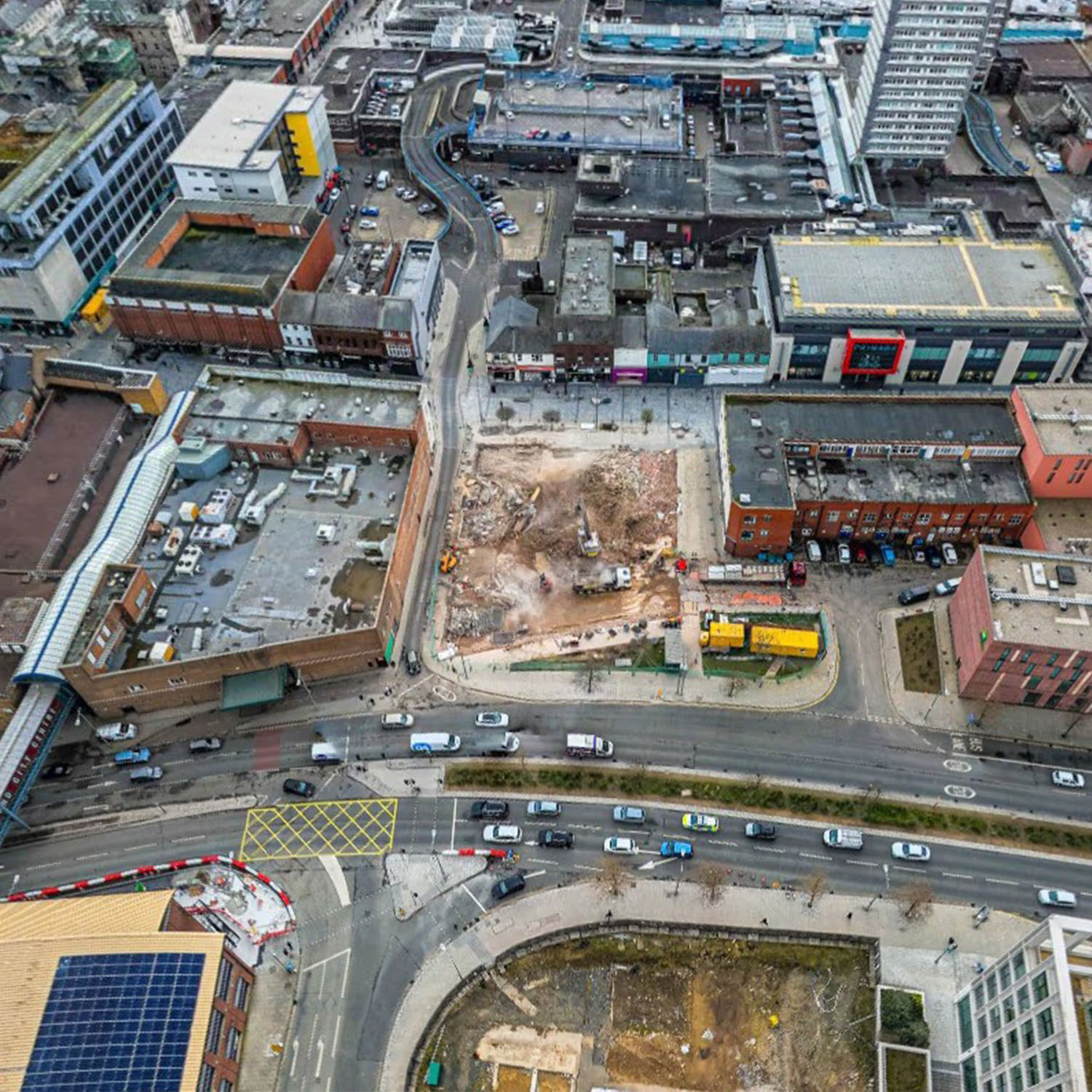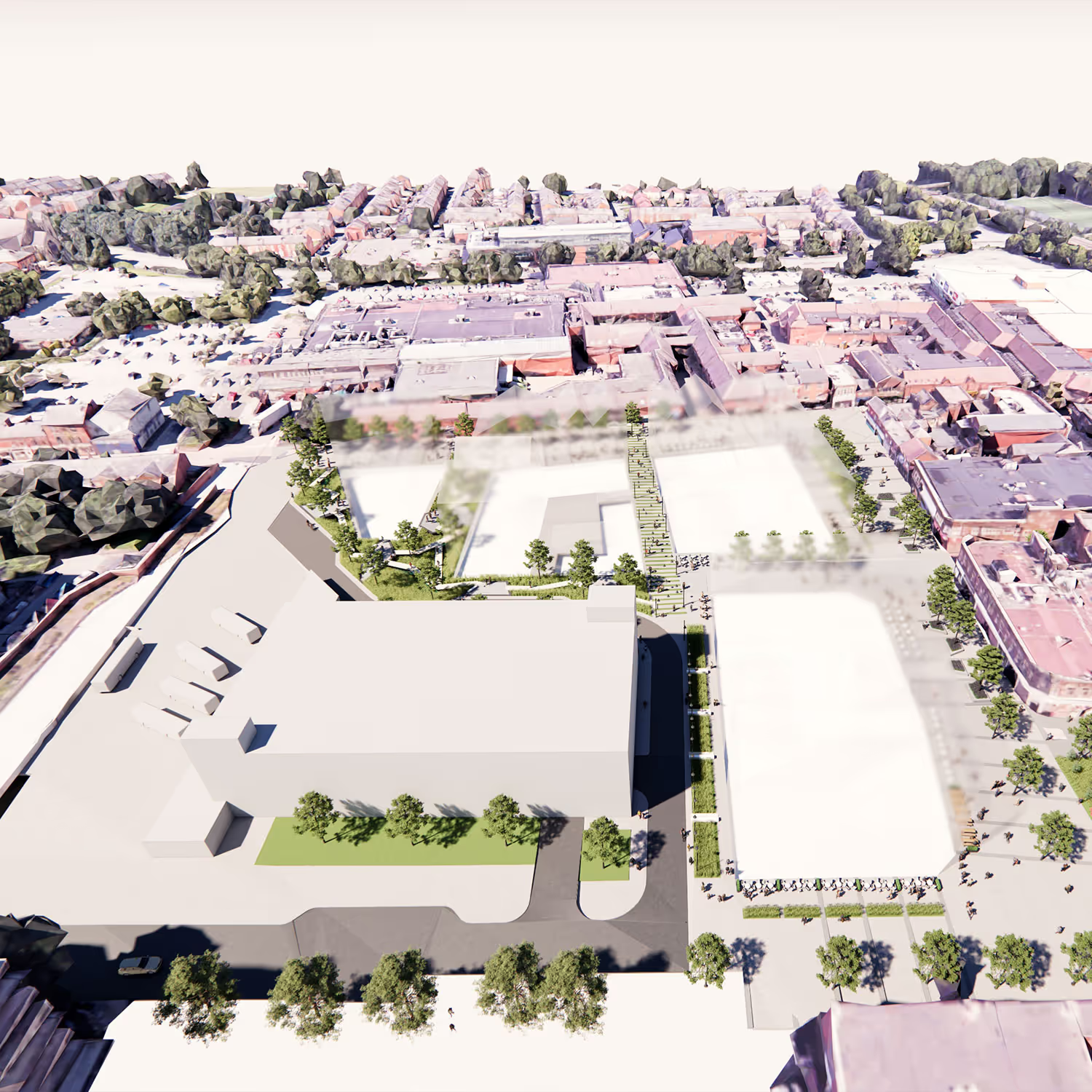Liveability and Manchester.
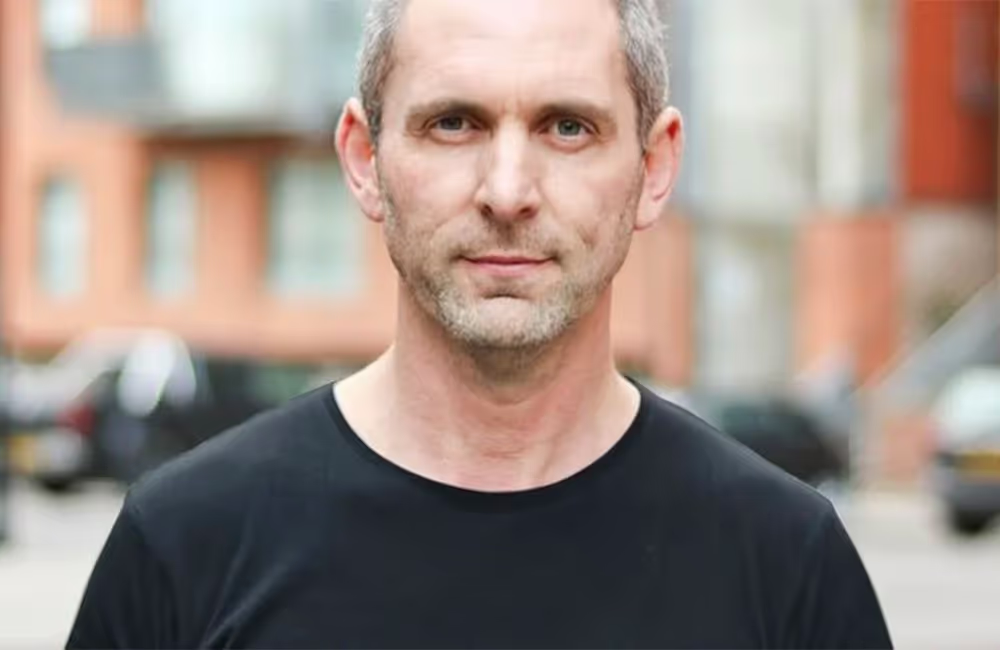
WRITTEN BY ADAM HIGGINS.
As buzzwords go, ‘liveability’ is having its moment. You’ll hear it banded around with fluid definitions and a wide pool of ideas on how to achieve it. In fact, Manchester often comes top in the liveability league tables for the UK, so it’s definitely doing something right.
At an intellectual level, it’s about a city’s culture, urban design, the quality of its vital infrastructure to support daily life and the values held by its people. For me though, it’s simply what makes somewhere an awesome place to live.
The sheer quantity of homes being built within walking distance of each other in the city centre is going to make Manchester an incredible place to live and work but is this going to be at the cost of the city’s liveability? Few want us to become the new London, which is great to visit for the day, but in truth most of us are quite keen to get back on the train at the end of it!
Property developers like us have a big part to play; the onus is on us not to create soulless blocks of apartments designed by spreadsheet that are great for function, terrible for soul.
Every time we develop something we have a chance to create a new neighbourhood where every single design decision is geared toward the experience of the people who’ll live, work and make a life there. That’s what we’re doing with KAMPUS.
The stats at our joint project with Henry Boot Developments speak for themselves. The 2.3-acre former Manchester Met University site at the end of Canal Street is one of the biggest single regeneration opportunities in the city centre. It’s got the lot … 60s brutalist architecture, Grade II listed Victorian warehouses, cobbled streets and canal-side views. That’s before we’ve started building new homes (which are well underway, the first ones being ready next summer).
While you can’t engineer a vibe, we’re pretty sure that the painstaking design decisions going into this neighbourhood will make it one of the most enjoyable places to be in Manchester.
It’ll be green, all centred around a secret garden. It’ll be buzzing, with bohemian bars, cafes and shops set within heritage buildings. And it’ll be beautiful, with each building having its own distinct identity and style rather than it looking like an 'urban master-planner' has dropped it in from space.
On paper, some of our decisions don’t make immediate commercial sense. We’re positioning communal spaces such as lounges and gyms in the most valuable space at the top, so every resident can overlook their city, as opposed to in a low-value, window-less cell in the basement. We’re salvaging the ‘concrete box on stilts’, which can be seen from Canal Street, a flexible community space that overlooks the garden. Initial reaction to us wanting to keep it was one of bemusement but this will be a space that can be used for things that aren’t supposed to make money, a village hall or a pop up art gallery perhaps?
Manchester’s city centre population is set to further boom over the coming years (to almost 80,000 by 2024). This will spark large-scale expansion of the city zone, and bring with it opportunities to put liveability at its heart. Developers need to play their part and create places where people really want to live.
To me, liveability is about mixing the basic with the brilliant – that’s not always easy to do. The basics are ensuring people have immediate access to transport, feel safe, have amenities and can move easily around a neighbourhood. The brilliant is creating a district that encourages new businesses, residents and patrons to be expressive and stamp their own identity on the neighbourhood.
As we get closer to opening KAMPUS, we’ll be doing more and more to create this marriage. For now though, we’ve got about a million bricks to lay.


